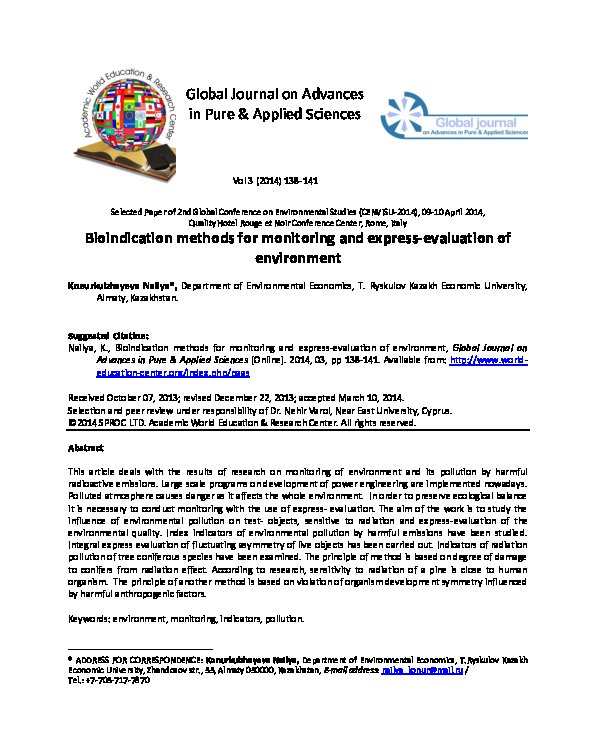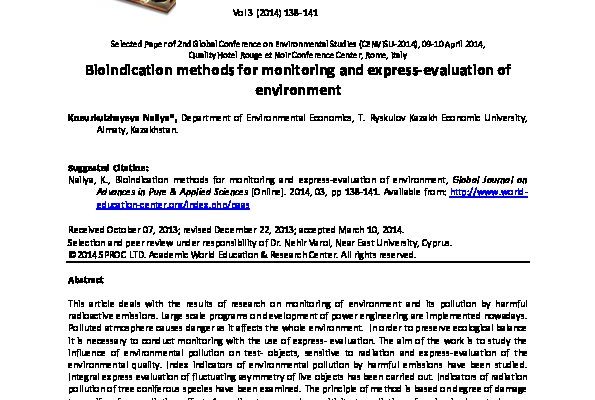
You might be wondering, what exactly are nematomorphs? Imagine a long, stringy worm that can grow several feet in length. They’re not just interesting to look at; they play a crucial role in the web of life. Their presence or absence in an ecosystem can indicate levels of pollution and the overall health of the environment. So, if you’re curious about how these unique invertebrates can be used for environmental monitoring or bioindication, grab a cup of coffee, and let’s dive into the world of nematomorphs.
What Are Nematomorphs?
Nematomorphs, also known as horsehair worms, belong to a group of invertebrates that primarily inhabit freshwater environments. They start their life cycle as larvae inside insects, where they grow and develop. Once they reach maturity, they often manipulate their host to jump into water, allowing them to emerge and live freely as adult worms. It’s almost like they’re pulling off a great escape, right?
These worms are not only intriguing because of their life cycle but also due to their ecological role. Adult nematomorphs can measure anywhere from a few inches to over a meter long, and they can be found in ponds, rivers, and streams. They thrive in clean, well-oxygenated waters, making them a perfect indicator of environmental health. If you find them in abundance, that’s a good sign; if they’re missing, it could raise some red flags about water quality.
The Role of Nematomorphs in Ecosystems
So, why should we care about these worms? Well, nematomorphs play a significant role in the ecosystems they inhabit. They help regulate insect populations, specifically those that are considered pests. By keeping these populations in check, they contribute to a balanced environment.
These worms also serve as a food source for various aquatic animals. Fish, birds, and other predators rely on nematomorphs as part of their diet, emphasizing their importance in the food web. By understanding how they fit into the larger picture of an ecosystem, we can better appreciate their contributions and the need to protect their habitats.
What Is Bioindication?
Bioindication is the process of using living organisms to gauge the health of an environment. Think of it like using a barometer—instead of measuring air pressure, we’re measuring ecological vitality through the presence or absence of certain species. In this context, nematomorphs act as biological indicators.
Their sensitivity to pollution and habitat changes makes them excellent indicators of water quality. If pollution levels rise, nematomorphs may decline or disappear altogether. Conversely, if an area is clean, these worms can thrive, signaling a healthy ecosystem.
For example, if a river is experiencing an uptick in toxic chemicals, you might notice a decrease in nematomorph populations. Their response to changes in water quality offers scientists and environmentalists crucial data when assessing the health of aquatic ecosystems.
How Nematomorphs Are Used for Environmental Monitoring
Using nematomorphs for environmental monitoring involves a few key steps. First, scientists collect samples from various water sources. They look for the presence, abundance, and diversity of nematomorphs. Analyzing these factors helps researchers understand the overall health of the ecosystem.
Once collected, these samples are examined in the lab. Researchers look for specific species of nematomorphs, as some are more sensitive to pollution than others. By identifying the types of nematomorphs present, scientists can draw conclusions about water quality and the potential impact of human activities, like agriculture or industry.
Here’s the thing: the presence of diverse nematomorph populations often correlates with clean water and a healthy ecosystem. If you’re monitoring a watershed, look to these worms as your first clue about the environment’s condition.
Limitations and Considerations
While nematomorphs are great indicators of environmental health, they’re not without limitations. For one, their presence can be influenced by factors other than pollution, such as habitat destruction or climate change. So, it’s essential to use them in conjunction with other monitoring methods for a complete picture.
Additionally, the life cycle of nematomorphs is complex. This means that researchers need a solid understanding of their biology to interpret data accurately. Sometimes, the absence of nematomorphs might not signal pollution—it could be a natural fluctuation in population dynamics.
It’s vital to approach results with caution and context. Recognizing these limitations allows for more accurate monitoring and better environmental management.
Real-World Examples of Nematomorph Use
In various regions, nematomorphs have been utilized to monitor ecosystems effectively. For instance, scientists in the Great Lakes region have studied these worms to assess the impacts of industrial runoff. Since nematomorphs thrive in clean environments, their decline indicated concerning changes in water quality.
Another great example is in the Amazon rainforest, where researchers are using nematomorphs to monitor the health of freshwater systems affected by deforestation and pollution. Their findings help guide conservation efforts, ensuring that these vital habitats are protected.
These case studies illustrate how nematomorphs are not just interesting creatures—they’re essential allies in our quest to maintain healthy ecosystems.
Future Directions and Research
As we move forward, research on nematomorphs continues to evolve. Scientists are exploring genetic studies to better understand their response to environmental changes. This could lead to more refined bioindicators and improved monitoring techniques.
Furthermore, advancements in technology, like drone surveillance and water quality sensors, can complement traditional nematomorph studies. By combining these tools, researchers can gather more comprehensive data about aquatic ecosystems.
The future looks promising for using nematomorphs in environmental monitoring. As we uncover more about their biology and role in ecosystems, we can enhance our understanding of water quality and make more informed conservation decisions.
In conclusion, nematomorphs offer an exciting and valuable avenue for environmental monitoring and bioindication. Their unique biology and ecological roles make them vital players in our ecosystems. By leveraging their presence, we can gain insights into the health of our waters and take essential steps to ensure a sustainable future. So, next time you come across one of these curious worms, remember: they’re not just a curious sight—they’re important messengers about the state of our environment.

